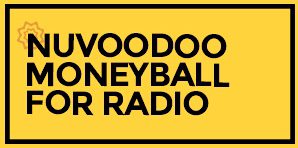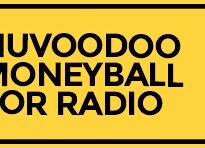Moneyball: Music Makes You Feel Good – What Else Does?


B. F. Skinner comes to mind when discussing operant conditioning, a method of learning that uses rewards (or punishments) to modify behavior. In the most famous Skinner experiment, a rat in a box would initially press a lever or button — by accident or chance — and be delivered a food pellet. Once the rat had that experience, it would continue pressing the lever or button until it wasn’t hungry any longer.
Among the goals radio programmers have adopted in the PPM world is to get consumers to keep coming back to their station. We’ve learned that multiple occasions build TSL (or ATE). So, repeat occasions are a goal. To stretch the analogy, we want our consumers to continue pressing the button for one of our stations every time they have the opportunity.
When you ask consumers what they want from radio stations, they get analytical and tell us things like “lots of uninterrupted music” and “a wide variety of music” and the like. And while that’s the logical answer to the question, the deeper and broader response is often to feel better or to get in a better mood. That’s why slogans like, “music that makes you feel good” continue to do so well in research.
In our NuVoodoo Ratings Prospects Studies we ask, “When was the last time the radio make you smile?” Happily, those who model as most likely to participate in ratings methodology (labeled “RPS Yes” in the chart below) are substantially more likely to say they’ve smiled or laughed at something on the radio in the past week, 62% versus 38% for our complete nationwide sample of over 3,000 respondents ages 14-64. The small subset of likely ratings participants who listen to radio at least an hour a day (labeled “RPS Heavy”) are even more likely to have gotten a laugh or smile in the past week. The longer they listen, the more likely they are to have gotten a smile (or the more often they get a smile, the longer they listen).


Maybe it makes sense that men are a few points more likely to find a laugh or smile than women, but it’s concerning that Gen Zs are substantially less likely to have gotten a laugh or smile that older generations (26% compared to 42%-43%).
Making people smile should be a goal for programming almost all the time, right? Think about the smile that comes across your face when a favorite song starts. The playlist decisions we slave over help provide listeners with opportunities to smile. Sure, we have to define station music recipes through promos and imaging to help build brand images, but even those can be injected with relatability and good feelings.
So, besides playing the most-appealing, best-testing music for your targeted audience, what can you do to make listeners smile? If it’s a contest, the name or concept alone might bring a smile; it could be that the contest is fun to play, easy to enter, and/or ties into something fun and/or topical. If it’s a piece of positioning, it could be that it’s genuinely funny or that it ties into something your listener had been thinking about already that day. Even something as utilitarian as traffic and weather can be smile-worthy if it mentions a place they love or an event they’re looking forward to (even if the “event” is as mundane as getting home at the end of the workday).
Just like the animals in Skinner’s experiments, we need listeners to keep pressing the button — the button that connects them to our programming and connects us to higher AQH. Questions? Contact Leigh Jacobs at leigh@nuvoodoo.com.




